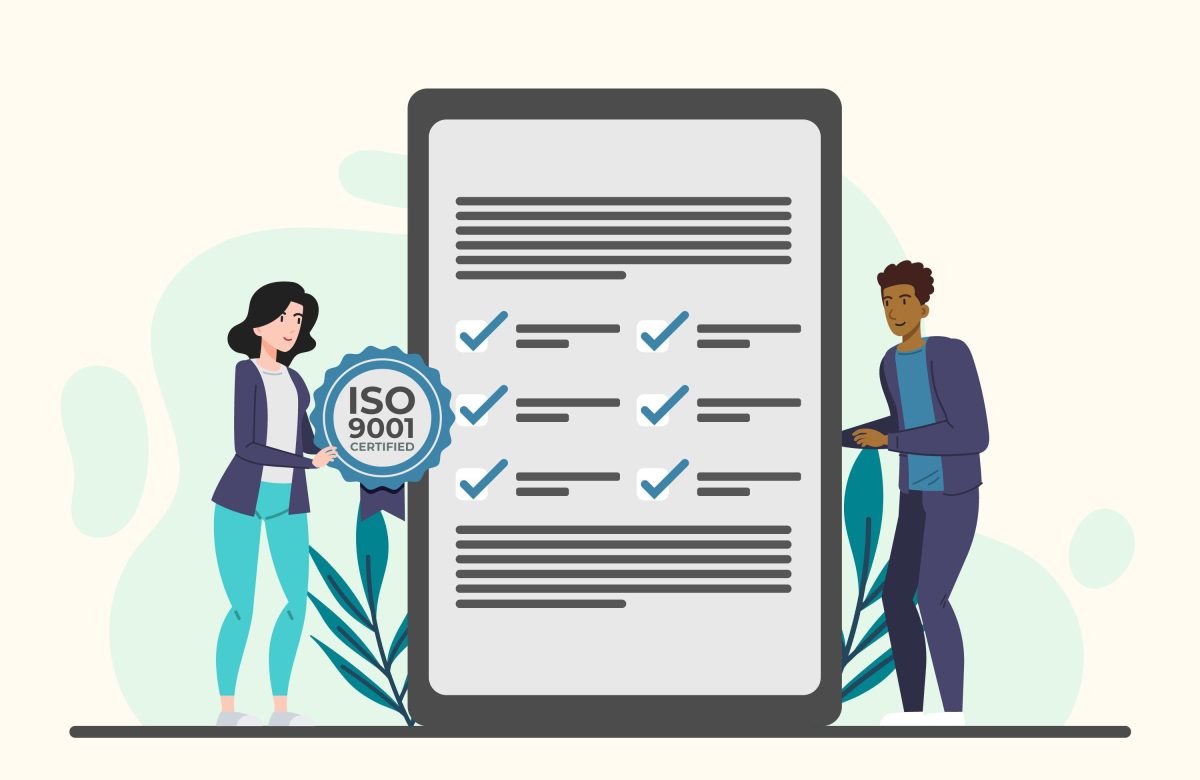How to develop a successful customer feedback campaign

In the realm of business, the voice of the customer holds immense power. It’s a compass guiding companies toward improvement, innovation, and success. A well-crafted customer feedback campaign can unveil insights, highlight pain points, and foster stronger relationships with your audience. In this blog, we’ll explore the essential steps to develop a successful customer feedback campaign that not only captures valuable insights but also transforms them into actionable strategies.
Step 1: Set Clear Objectives
Every successful campaign starts with a clear goal. Determine what you aim to achieve with your customer feedback campaign. Are you seeking insights to enhance a product, improve customer service, refine your marketing strategy, or all of the above? Setting specific, measurable objectives will guide the entire process.
Step 2: Choose the Right Feedback Methods
Select feedback methods that align with your objectives and resonate with your target audience. Consider using a combination of surveys, online reviews, focus groups, social media polls, and direct customer interactions. Different methods can provide diverse perspectives, giving you a comprehensive understanding of your customer’s needs and preferences.
Step 3: Design Thoughtful Surveys
If surveys are part of your feedback arsenal, design them thoughtfully. Keep surveys concise, relevant, and easy to complete. Craft a mix of multiple-choice questions, open-ended queries, and rating scales to capture both quantitative data and qualitative insights. Tailor questions to address specific pain points, satisfaction levels, and areas of improvement.
Step 4: Choose the Right Timing
Timing plays a crucial role in the effectiveness of your campaign. Determine when your customers are most likely to engage with your feedback requests. For example, sending a feedback request immediately after a purchase or after customer support interactions can yield more accurate and relevant responses.
Step 5: Ensure Accessibility and Ease of Use
Make it effortless for customers to provide feedback. Whether it’s a pop-up survey on your website or a link in your email signature, ensure that the feedback process is seamless and accessible across various devices. The easier it is for customers to share their thoughts, the more likely they are to participate.
Step 6: Incentivize Participation
Encourage participation by offering incentives. Consider providing discounts, exclusive content, or entry into a giveaway for customers who take the time to share their feedback. Incentives can not only boost engagement but also show your appreciation for your customers’ input.
Step 7: Analyze and Segment Data
As the feedback pours in, analyze the data meticulously. Look for trends, common themes, and outliers. Segment your data based on demographics, purchase history, or other relevant factors. This segmentation can unveil insights that guide tailored strategies for different customer segments.
Step 8: Embrace Negative Feedback
Negative feedback is a goldmine of opportunities for improvement. Rather than avoiding or dismissing it, embrace it with an open mind. Negative feedback often highlights areas that need immediate attention, allowing you to rectify issues and enhance customer satisfaction.
Step 9: Respond Promptly and Transparently
Customers appreciate transparency and responsiveness. When customers take the time to provide feedback, acknowledge their efforts with a timely response. Address their concerns, share your improvement plans, and thank them for their valuable input. This demonstrates that you value their opinions and are committed to making positive changes.
Step 10: Implement Actionable Strategies
The true value of customer feedback lies in its ability to drive change. Convert insights into actionable strategies. Prioritize the most significant pain points and opportunities for improvement. Collaborate across departments to ensure that the insights gathered are integrated into various aspects of your business, from product development to customer service protocols.
Step 11: Communicate the Changes
Customers want to know that their feedback matters and has led to tangible improvements. Once you’ve implemented changes based on the feedback received, communicate these changes to your customers. Whether through email updates, social media posts, or website announcements, let them know how their input has influenced your decisions.
Step 12: Continuously Iterate
A successful customer feedback campaign is not a one-time endeavor but an ongoing process. Continuously iterate on your approach, incorporating new feedback mechanisms, adjusting your questions, and refining your strategies. As your business evolves, so should your feedback campaign.
In conclusion, a well-executed customer feedback campaign is a powerful tool that can drive growth, enhance customer loyalty, and set your business on a path of continuous improvement. By setting clear objectives, choosing the right methods, analyzing data, embracing negative feedback, and implementing actionable strategies, you can tap into the invaluable insights that your customers provide. Remember, your customers are your greatest asset, and their feedback is a treasure trove waiting to be explored for the betterment of your business and the satisfaction of your audience.




